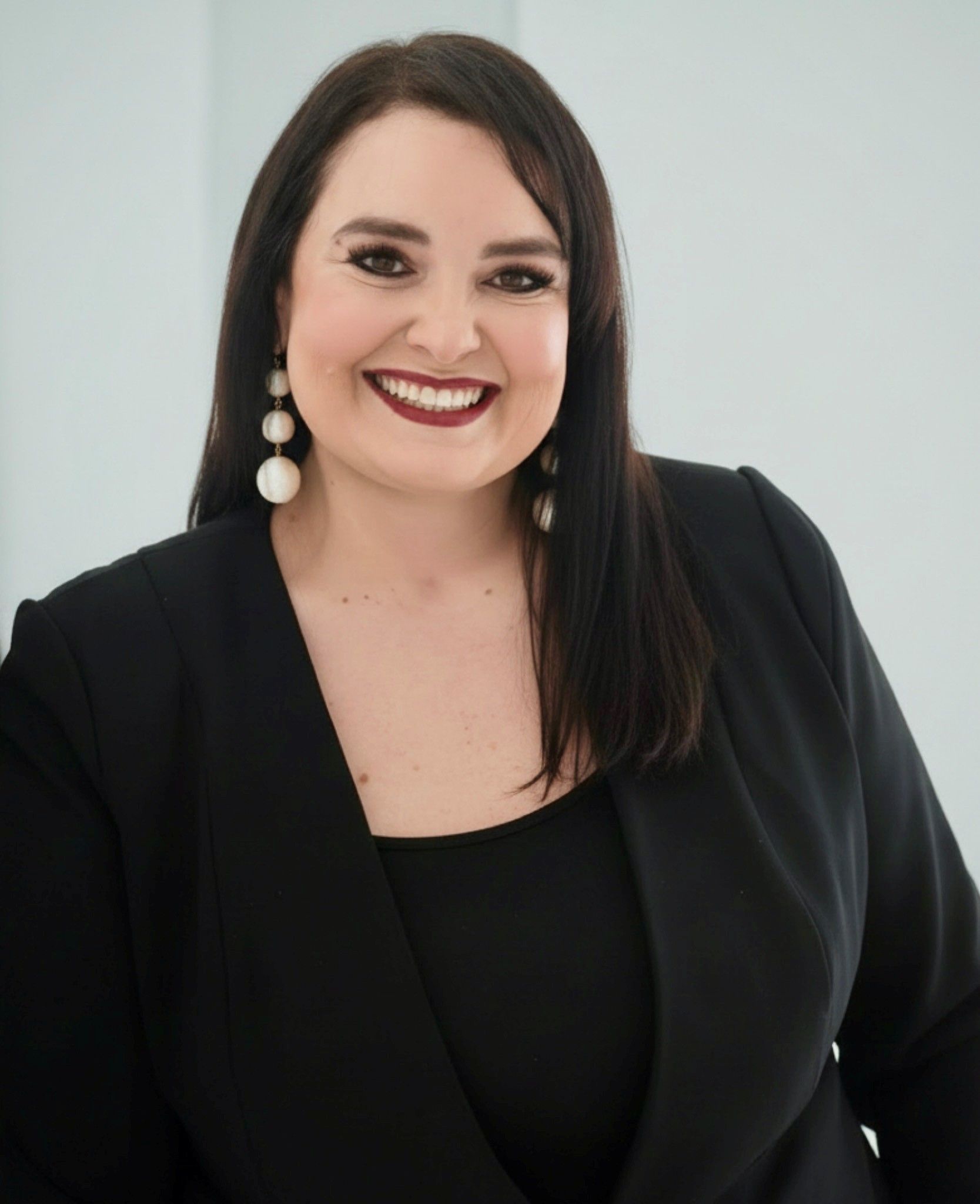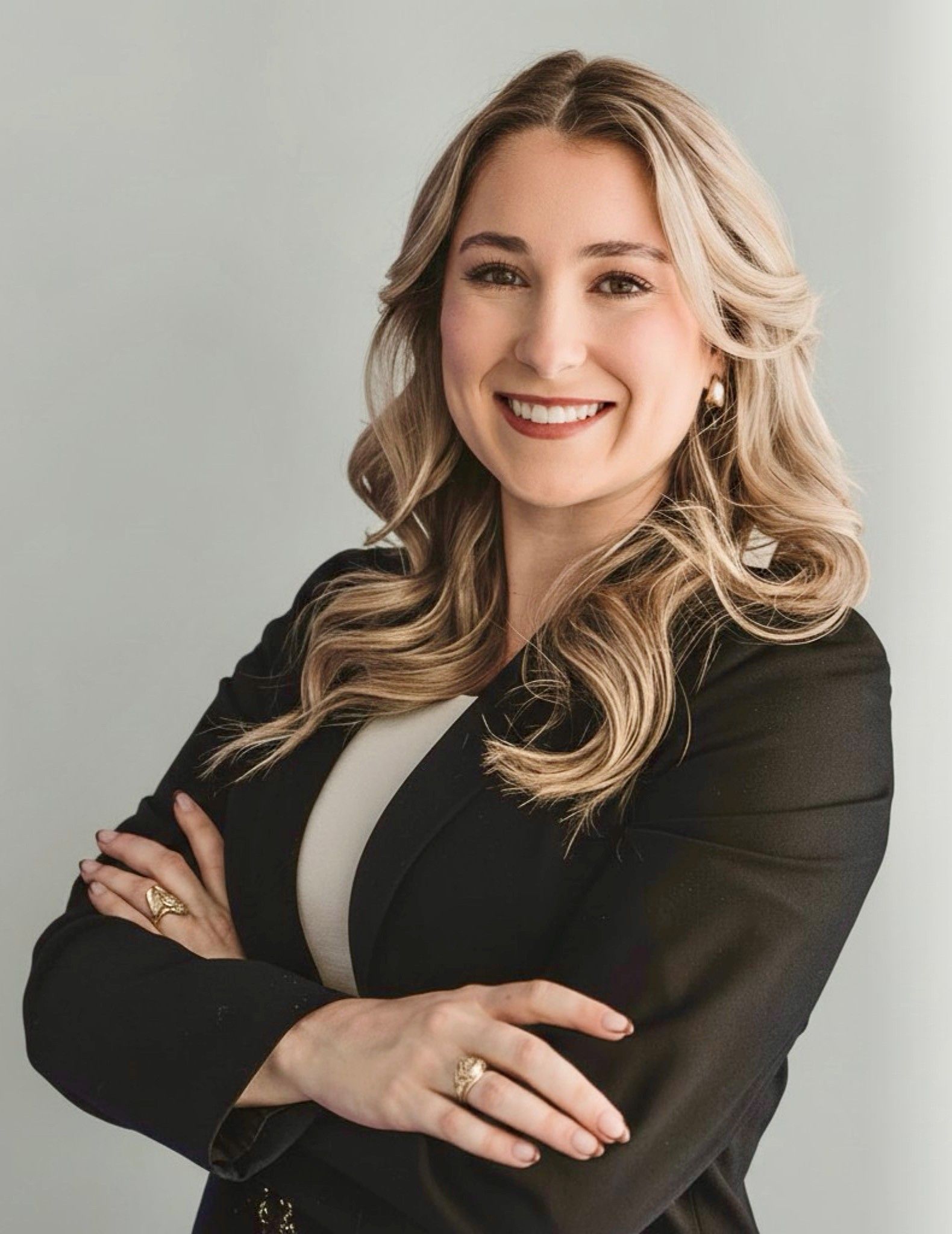SOFTWARE LICENSING AGREEMENTS TEXAS
Our attorneys protect software developers and their intellectual property rights by drafting, reviewing, and negotiating software licensing agreements.
SOFTWARE LICENSING SERVICES
What is Software Licensing?
Software licensing is when a software owner gives permission to a third party to use, modify, create derivative works of, distribute or resell certain software. When a software owner gives use of these rights to a third party, they are granting copyright license to do specific acts in and to the software through a "software License."
What Is A Software License Agreement?
A software license is a written or click-through agreement wherein a software owner provides a licensee certain rights in and to the software. Those rights can include the right to use, modify, create derivative works of, distribute or resell software. A software license, and the rights granted therein, are primarily non-exclusive. Non-exclusive rights allow the copyright owner to further grant the same or similar rights in and to the software to additional third parties. An end-user software license is an example of a non-exclusive license; however, it is not uncommon to see an exclusive software distribution license when the software owner distributes software in certain regions of the country using varying distributors. Our Dallas software licensing attorneys can assist you in negotiating and drafting your software license agreements.
The length of time of a software license grant will depend on the term of the license arrangement. For instance, one can grant licensed rights for any period of time (i.e., 1 or 5 years, etc.). A software license can also terminate automatically in the event certain conditions are not met. For example, a software license can be terminated if the fees for such license are not paid. Simply, a software license agreement is designed to enumerate the licensed rights of the parties in a clear and concise manner and cover matters similar to the following:
- Resale and Distribution Territories;
- Trademark Guideline Requirements;
- Manufacturing Guidelines;
- Duration, Renewal, and Termination;
- No Reverse Engineering;
- Patent, Trademark, and Copyright Indemnification;
- Disclaimer that Software is provided “AS IS”; and
- Other Limits on Liability.
Software License Enforcement
A properly drafted software license agreement is central to enforcing that software license agreement if and when a third party breaches it. Our software licensing attorneys can assist you in drafting and negotiating your software licenses based on the specific need of your software technology. It is important to draft all license agreements with enforce-ability in mind when considering the software technology. For instance, a typical end-user license allowing the software to be installed on a single CPU would be utterly inappropriate for a SaaS product. Software as a service (SaaS) is a software licensing and delivery model which does not require local installation.
Software Licensing Attorney
Our Dallas software licensing attorneys can assist you in preparing software agreements and software licenses and provide you other general guidance in properly securing your software and other copyrights in and to your intellectual works.
Additional Software Licensing Focus
What Is Click-Wrap or Click-Through Licensing?
A Click-wrap or Click-through agreement is an online agreement between a user and a company that requires the user to manifest his or her consent to specific terms and conditions by clicking a box or a button before content access or purchases are allowed. Effectively, this "click" selection acts as consent to an online contract with the company and substitutes for the user's signature. No actual signed document is required.
What is Shrink Wrap Licensing?
A shrink wrap license is an end-user agreement concerning the use of a copyrighted software is enclosed with software in plastic-wrapped packaging whereby the user manifests his or her consent to certain terms and conditions by breaking the seal and using the product. No actual signed document is required.
Compare A Public Domain License To An Open License
A public domain license has no copyright owner, and the author gives his rights away to the public to use, modify, reproduce and distribute the creative work. An open license is not given to the public domain, and the copyright owner and author retain all copyright ownership. Broad rights may be granted to the public to use, modify, reproduce and distribute the creative work.
| PUBLIC DOMAIN | OPEN LICENSE |
|---|---|
| Copyright Waived | Copyright Not Waived |
| No Ownership | Owned by Copyright Holder |
| Free to Public | Broad License to Use As Granted to Public |
CLIENT MATTERS
5,000+
YEARS OF SERVICE
25+
Award Winning
Recognized in the legal industry as dedicated board-certified lawyers and Rising Stars.
Expert Team
Your project will be handled by legal experts every time. You will have the most experienced attorneys working for you.
Quality Representation











